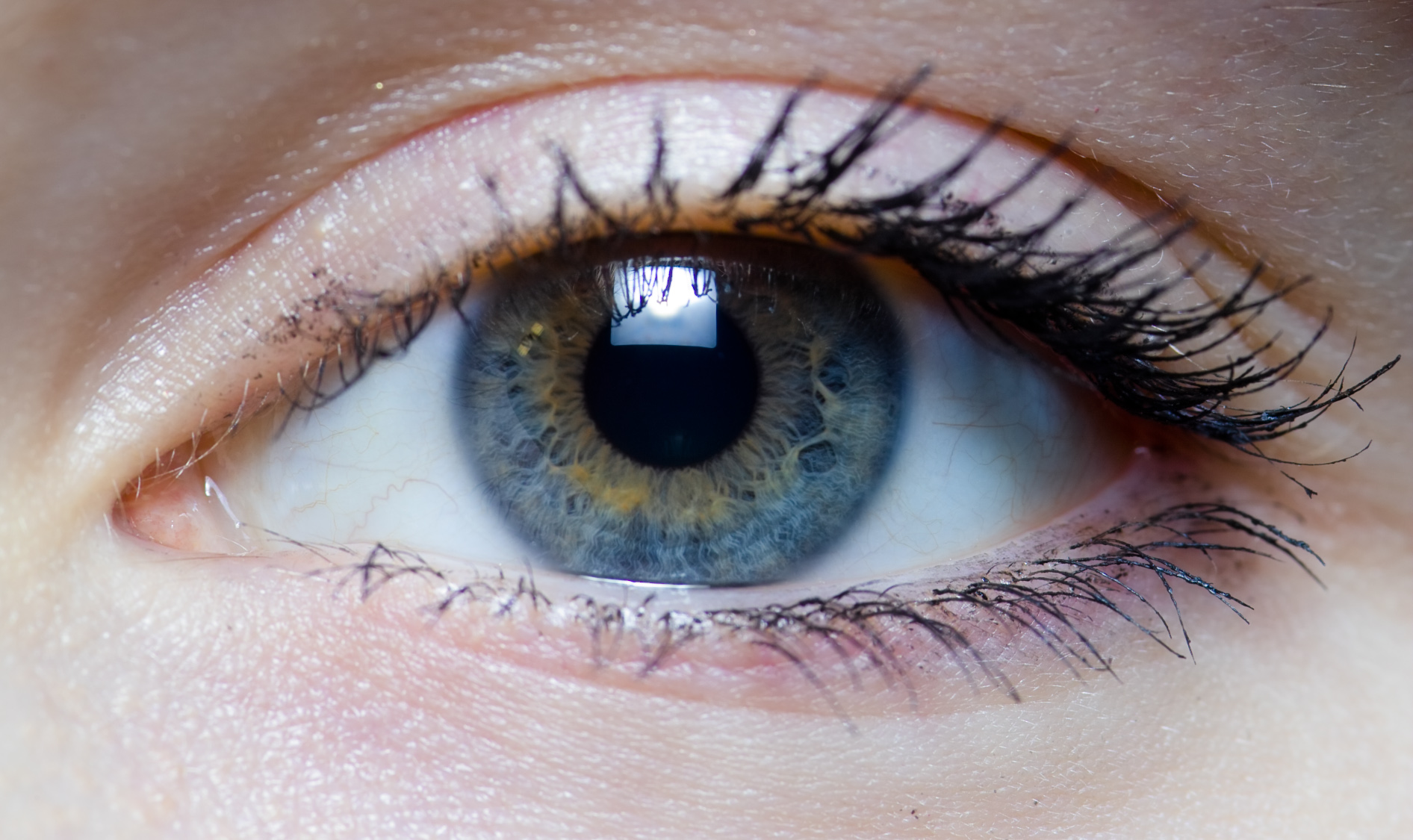News release
From:
Poor quality sleep may be linked to heightened risk of irreversible sight loss (glaucoma)
Findings underscore need for sleep therapy in those at risk + eye checks in poor sleepers
Poor quality sleep, including too much or too little shut eye, daytime sleepiness, and snoring, may be linked to a heightened risk of developing irreversible sight loss (glaucoma), suggests a large UK Biobank study published in the open access journal BMJ Open.
The findings underscore the need for sleep therapy in people at high risk of the disease as well as eye checks among those with chronic sleep disorders to check for early signs of glaucoma, conclude the researchers.
Glaucoma is a leading cause of blindness and will likely affect an estimated 112 million people worldwide by 2040.
Characterised by progressive loss of light sensitive cells in the eye and optic nerve damage, its causes and contributory factors are still poorly understood. But if left untreated, glaucoma can progress to irreversible blindness.
While population screening may not be cost effective, targeted screening of high-risk groups might be, suggest the researchers. And previously published research suggests that sleep disorders may be an important risk factor.
To explore these issues further, the researchers set out to ascertain the risk of glaucoma among people with different sleep behaviours: insomnia; too much or too little sleep; night or morning chronotypes (‘owls’ or ‘larks’); daytime sleepiness; and snoring.
They drew on 409,053 participants in the UK Biobank, all of whom were aged between 40 and 69 in 2006-10 when recruited, and who had provided details of their sleep behaviours.
Sleep duration was defined as normal (7 to less than 9 hours/day) and as too little or too much, outside this range. Chronotype was defined according to whether the person described themselves as more of a morning lark or night owl.
Insomnia severity—trouble falling asleep at night or frequent waking—was classified as never/sometimes or usually, whereas subjective daytime sleepiness was categorised as never/rarely, sometimes, or frequent.
Background information on potentially influential factors was retrieved from the questionnaires filled in at recruitment: age (average 57), sex, race/ethnicity, educational attainment, lifestyle, weight (BMI), and residential area level of deprivation.
Medical records and death registration data were used to track the health and survival of all the participants until a first diagnosis of glaucoma (hospital admission), death, emigration, or the end of the monitoring period (31 March 2021), whichever came first.
During an average monitoring period of just over 10.5 years, 8690 cases of glaucoma were identified.
Those with glaucoma tended to be older and more likely to be male, an ever smoker, and to have high blood pressure or diabetes than those who weren’t diagnosed with the disease.
With the exception of chronotype, the other four sleep patterns/behaviours were all associated with varying degrees of heightened glaucoma risk.
Short or long sleep duration was associated with an 8% heightened risk; insomnia 12%; snoring 4%; and frequent daytime sleepiness (20%).
And compared with those with a healthy sleep pattern, snorers and those who experienced daytime sleepiness were 10% more likely to have glaucoma, while insomniacs and those with a short/long sleep duration pattern were 13% more likely to have it.
The results were similar when categorised by different types of glaucoma.
This is an observational study, and as such, can’t establish cause. The study relied on self report rather than objective measurement and reflected one point in time only, acknowledge the researchers. Glaucoma might itself influence sleep patterns, rather than the other way round, they add.
But there are potentially plausible biological explanations for the associations found between sleep disturbance and glaucoma, say the researchers.
The internal pressure of the eye, a key factor in the development of glaucoma, rises when a person is lying down and when sleep hormones are out of kilter, as occurs in insomnia, explain the researchers.
Depression and anxiety, which often go hand in hand with insomnia, may also increase the internal eye pressure, possibly because of dysregulated cortisol production, they suggest.
Similarly, repetitive or prolonged episodes of low levels of cellular oxygen, caused by sleep apnoea (sudden stopping of breathing during sleep), might cause direct damage to the optic nerve, it has been suggested.
“As sleep behaviours are modifiable, these findings underscore the necessity of sleep intervention for individuals at high risk of glaucoma and potential ophthalmologic screening among individuals with chronic sleep problems to help prevent glaucoma,” conclude the researchers.



 International
International



